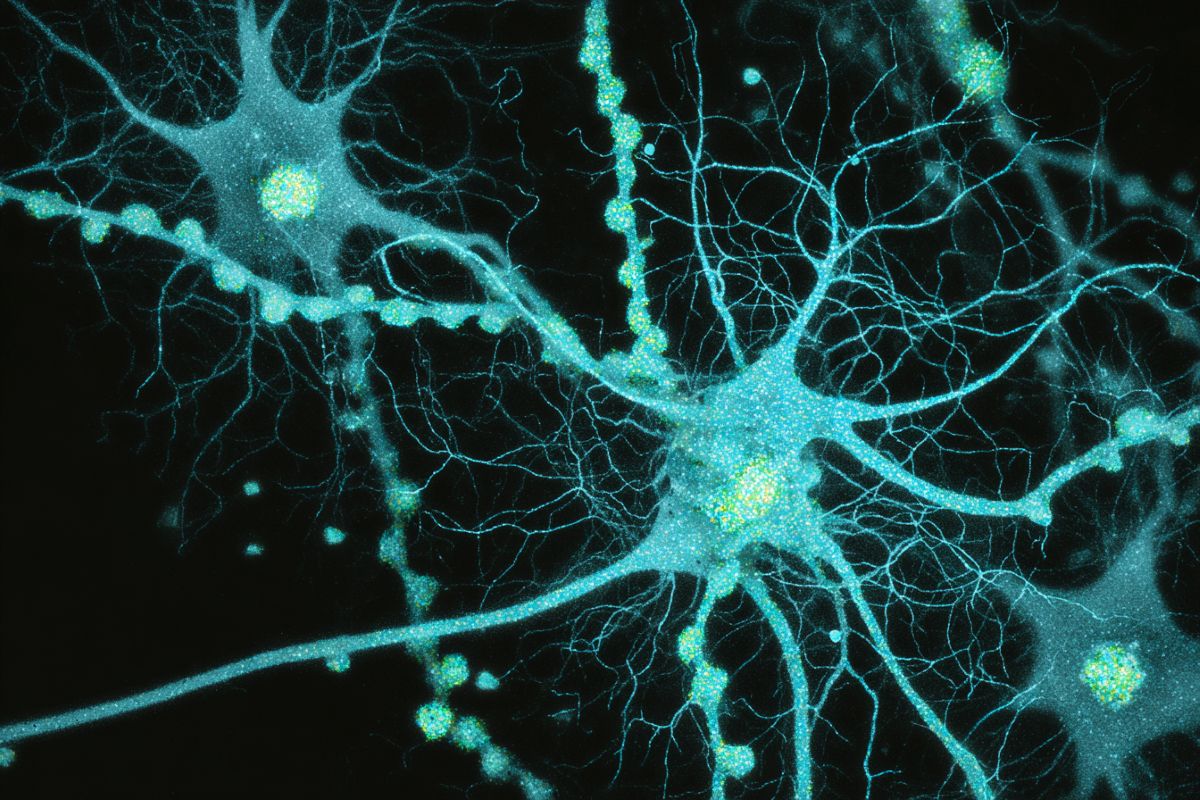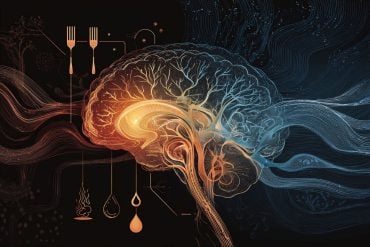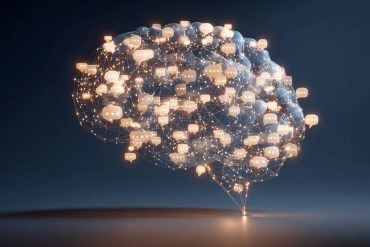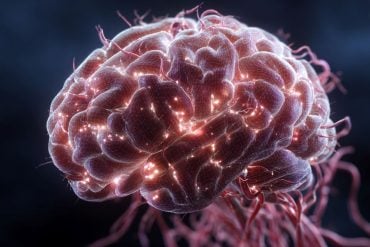Summary: Scientists have identified a previously unknown group of inhibitory neurons defined by the adhesion molecule Kirrel3. These neurons receive input from dentate granule cells and project strongly onto CA3 hippocampal neurons, placing them at a critical juncture for memory retrieval.
When activated, Kirrel3 neurons suppress CA3 activity, impairing the ability to discriminate between similar contexts. This discovery links a genetic risk factor for neurodevelopmental disorders directly to memory precision at the circuit level.
Key Facts
- Kirrel3 Role: Kirrel3 is a synaptic adhesion molecule tied to autism and intellectual disability, now shown to mark neurons controlling memory discrimination.
- Circuit Mechanism: Kirrel3 neurons inhibit CA3 hippocampal activity during recall, blurring the ability to distinguish similar contexts.
- Clinical Insight: Findings connect genetic susceptibility to circuit-level dysfunction, offering new targets for treating memory-related symptoms.
Source: Neuroscience News
Memory is often thought of as a straightforward process of storing and retrieving information.
But in reality, the brain must distinguish between highly similar experiences to avoid confusion—like recalling where you parked today versus yesterday. This fine-tuned ability, known as memory discrimination, is essential for adaptive behavior, yet the specific neural circuits that enable it remain elusive.

A new study uncovers a previously unrecognized population of inhibitory neurons marked by the adhesion molecule Kirrel3, a gene already linked to human neurodevelopmental disorders. These neurons act as powerful gatekeepers of memory precision by exerting strong control over hippocampal activity.
What Are Kirrel3 Neurons?
Kirrel3 is a homophilic adhesion molecule—a protein that allows neurons to recognize and form connections with each other. Mutations in Kirrel3 have been associated with conditions such as autism spectrum disorders and intellectual disability, but its functional role in the adult brain has not been fully understood.
By using advanced genetic and imaging tools, researchers identified a subset of GABAergic inhibitory neurons in the hippocampus defined by Kirrel3 expression.
Unlike better-known inhibitory populations such as parvalbumin neurons, these Kirrel3 neurons directly regulate the balance between excitation and inhibition in a manner that is tightly linked to memory retrieval.
How Kirrel3 Neurons Shape Memory
Through chemogenetic activation, scientists found that turning on Kirrel3 neurons potently inhibited CA3 hippocampal neurons—a region critical for encoding and retrieving contextual memory. When this inhibition occurred during memory recall tasks, mice showed impaired ability to discriminate between similar contexts.
This discovery points to a striking function: Kirrel3 neurons can degrade memory precision by dampening hippocampal activity at the wrong time. In effect, they control whether a memory is recalled accurately or blurred with overlapping experiences.
Synaptic Architecture Revealed
Microscopy at both light and electron levels confirmed the wiring of this circuit. Dentate granule (DG) neurons provide direct excitatory input to Kirrel3 GABA neurons, which then project strongly onto CA3 dendrites.
This arrangement positions Kirrel3 neurons as an intermediary checkpoint, regulating the flow of information from DG to CA3—a critical pathway for pattern separation and memory discrimination.
By pinpointing the exact synaptic arrangement, the study shows how a molecular marker like Kirrel3 can highlight cell populations with unique and behaviorally relevant functions.
Why This Discovery Matters
The work bridges a fundamental gap between molecular neuroscience and behavior. By tying the expression of a single gene to the activity of a specific neuronal population and its impact on cognition, the study creates a roadmap for linking genetic risk factors to circuit dysfunction in psychiatric conditions.
- Why this matters: Memory imprecision is a hallmark of several neuropsychiatric disorders. Identifying neurons that directly regulate discrimination helps explain how genetic mutations translate to cognitive symptoms.
- How this aligns with previous research: Prior studies have shown Kirrel3 mutations disrupt synapse formation; this study demonstrates that such disruptions have consequences at the circuit and behavioral level.
- Future implications: Targeting Kirrel3 neurons or their synaptic partners could one day inspire therapies for conditions marked by memory deficits, from schizophrenia to dementia.
Memory is not just about strength but about precision—knowing not only what happened, but when and where.
This study reveals that Kirrel3 neurons are central to that process, providing a molecular handle on the very circuits that allow us to tell experiences apart.
By mapping this new population, neuroscience takes a step closer to unraveling how genes, cells, and circuits converge to shape cognition.
For patients with Kirrel3-associated disorders, it offers hope that precision targeting of these pathways could restore not just memory, but the clarity of lived experience itself.
About this neuroscience and memory research news
Author: Neuroscience News Editorial Team
Contact: Neuroscience News
Source: Neuroscience News Editorial Team – Neuroscience News
Image: The image is credited to Neuroscience News
Original Research: Closed access.
“Inhibitory neurons marked by the connectivity molecule Kirrel3 regulate memory precision” by Megan E. Williams et al. Journal of Neuroscience
Abstract
Inhibitory neurons marked by the connectivity molecule Kirrel3 regulate memory precision
The homophilic adhesion molecule Kirrel3 drives synapse formation between dentate granule (DG) neurons and GABA neurons, and Kirrel3 gene variants are associated with neurodevelopmental disorders in humans.
However, the circuit function and behavioral relevance of Kirrel3-expressing neurons are unknown.
Using intersectional genetics, we identified a population of Kirrel3-expressing GABA neurons that regulate memory discrimination in male and female mice.
Using chemogenetics with in vivo electrophysiology and behavioral assays, we discovered that activating Kirrel3-expressing GABA neurons, but not parvalbumin neurons, potently inhibits CA3 neuron activity and impairs contextual memory discrimination during recall, revealing a critical role for these neurons in the retrieval of precise memories.
Light and electron microscopy of Kirrel3-expressing GABA neurons suggests that they receive direct excitation from DG neurons and project onto CA3 dendrites.
Together, this multi-scale approach demonstrates how cell type-specific expression of adhesion molecules mark subsets of neurons that control key features guiding memory and behavior.






